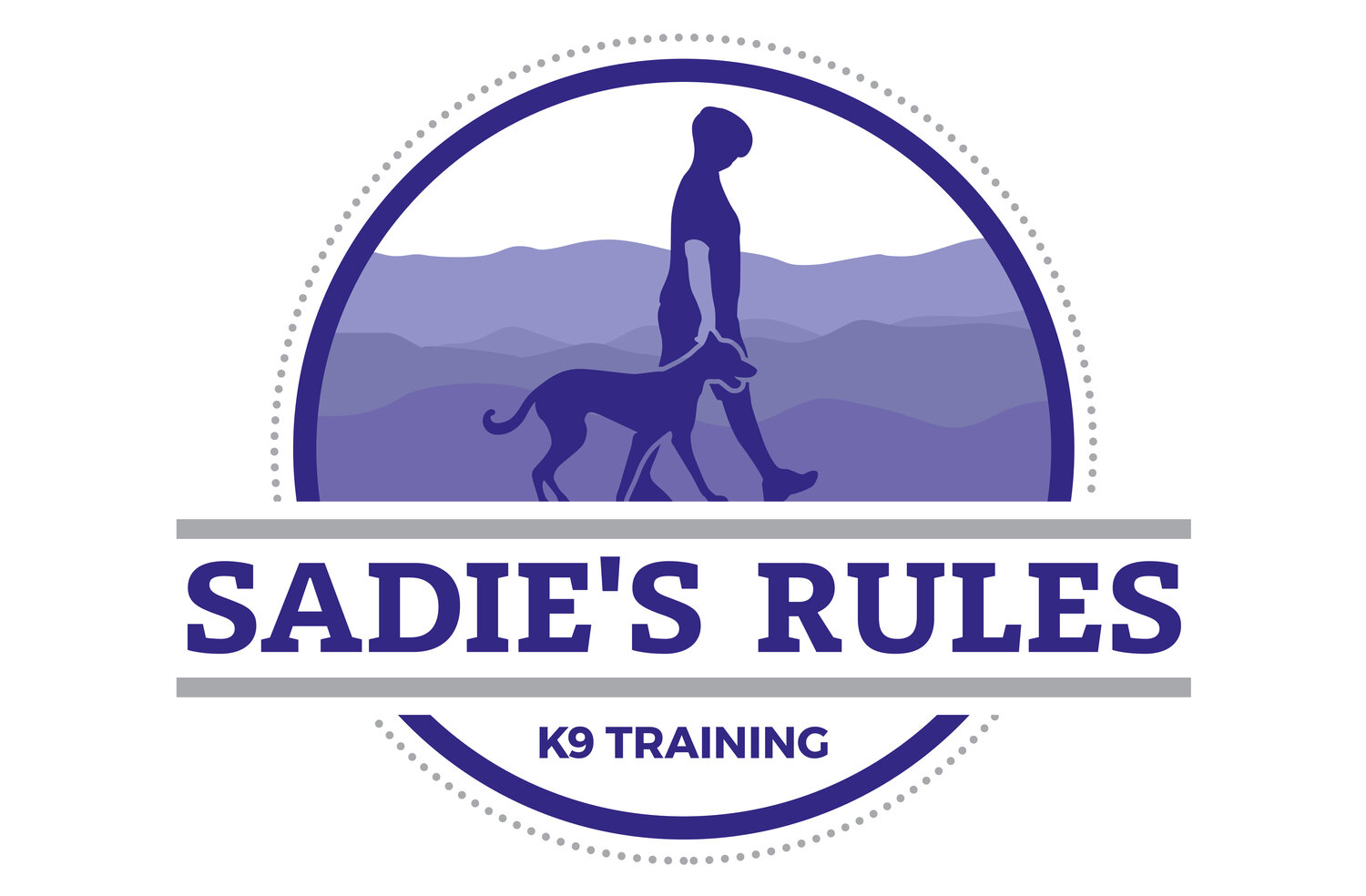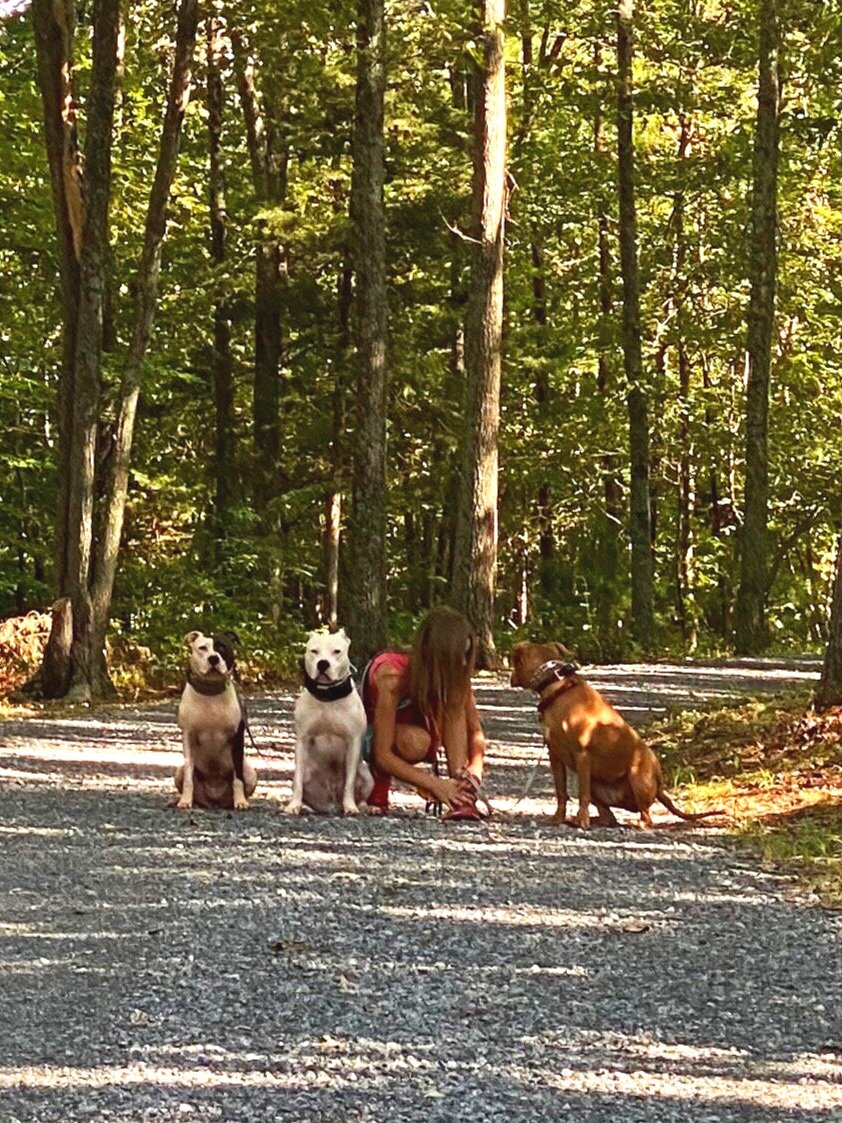In many cases, dogs come to me with quite a bit of training under their belt. They know all their basic commands but they often blow off their owner entirely and opt to do whatever it is they’d rather do in that moment. That’s why, despite all their former training, they’re here for more. Now, there are often many reasons why a dog blows off their owner but what I want to touch on today is the factor that’s often overlooked: attitude.
Yes, dogs have attitudes! Dogs can have very cooperative attitudes or they can have “bad” attitudes, and every kind of attitude in between. Sounds familiar, right? Anyone with kids can verify that attitude is a real thing that contributes to behavior—and tests your patience!
Don’t assume only certain breeds can have bad attitudes… attitude is not breed-specific!
Attitude is not the same as personality and helping a dog to change its attitude does not take away from their personality. You CAN have a bold, strong willed dog who listens to you! It is definitely possible to change a dog’s attitude without taking away from their personality, confidence, relationship with you or enjoyment of life. In fact, improvements to a dog’s attitude result in improvements to the relationship between dog and owner, which leads to a better quality of life for all involved. (To hear from a client about her dog’s attitude transformation, click here.)
And let’s be clear: When I talk about changing a dog’s attitude, I’m not talking about “breaking their will,” or “creating a fearful dog,” or “dominating the dog into submission,” or any of the scary phrases others use to deter dog owners from pursuing balanced training. I’m simply teaching a dog that that bad attitude is not going to fly anymore. We train a dog with a bad attitude the same way we train any other dog. The only difference is the amount of leadership, follow through, patience, and persistence that’s needed on the human end of the leash. Depending on the dog’s specific challenges, training may progress at a slower pace, you may need to be more aware of what’s happening around you (including shifts in energy), or you may need to devote more time to changing the dog’s perception of their handler. In short, a bad attitude presents an additional challenge so everything has to be more intentional.
A bad attitude also makes it more challenging when the dog returns home. It’s important for the owner of any dog to follow through with the post-training plan, but it’s especially important—crucial, really—for a dog with an attitude problem. The dog’s attitude will also need to be reframed in their home context, and their owner will have to work hard to reshape their relationship with the dog. This means there’s very little wiggle room in the post-training plan. This is often really tough for owners and I sympathize, I really do. I’ve had my fair share of dogs with bad attitudes and I’ve had to learn how to step up to the plate, too. (That’s part of what led me to become a dog trainer in the first place! If you haven’t read Sadie’s story, you can read it here.) If we’re inconsistent, wishy-washy, or we move away from structure, tools and guidance too fast, our dog’s behavior is virtually guaranteed to backslide. For a dog with an attitude problem, attitude really is everything and the way we respond to it can make or break a dog’s long term success.

